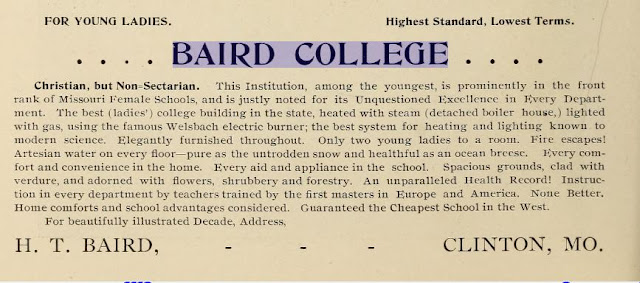In the Library is the theme for this week and I was delighted to see it. I love libraries—all those books and information, just waiting to be explored. I am a regular patron of my local library and have visited several genealogy libraries. I thought I would write about one of them, but then I thought I might blog about Family Search, which is the on-line branch of the Family History Library in Salt Lake City. I have been to the Family History Library and it is phenomenal. The on-line line site is also great and I use it often.

So before I wrote about Family Search, I thought I should go and check it out again. I have been working on a group of individual who moved from Brown County, Ohio to Edgar County, Illinois. I went to the catalog, got the Edgar County entry page and looked it over. I noticed that one of the categories was “Unprobated Wills.” Wills can contain a lot of information so I thought I would check it out. I was disappointed to discover that the document was not indexed, but was alphabetized, which mean I was now going to hunt for ancestors in the 255 pages. I was looking for Hannahs—about a third of the way down the alphabet so I picked page 40 to look at and see where I was alphabetically. What I surprise! I did not find any Hannahs on page 40, but I did find, John Conrey. I am his wife’s—Sarah Calvin-- second great grand niece. Not a close relationship, but what a surprise. The Conrey are part of the group that I am researching in terms of their relationships. I was anxious to see what the probate papers contained.

I downloaded the will and was delighted to see a wealth of information. What did I learn or confirm: John had five married daughters living in Ohio: Priscilla Conrey Curry, Anna Conrey Curry, Acenith Conrey Sargent, Elizabeth Conrey Bell, and Thurza (Clarissa) Pangborn. Each of them was to receive an equal share of land John owned in Clermont County. Further, he had a grandson, John R. Conrey, who was the son Abram Conrey. John R was to receive a plot of land near Bethel in Clermont County. His daughter, Sarah Conrey Riley, who lived in Edgar County Illinois, was to receive the proceeds of a note from Abram Conrey and John Conrey in the amount of $40, one cow and calf, and a brass kettle.
His sons, Abram Conrey and John R. Conrey were appointed executors.
So what did I really learn or confirm what I knew? The names of his five daughters, and the fact that they still lived in Clermont County, Ohio. The name of his son, Abram and grandson, John R.. He borrowed money from his two sons, John and Abram Conrey. He still owned land in Clermont County, Ohio, even though he lived in Illinois.
I would like to know why the will was not probated. I would also like to know if there was a will that was probated. If I go to my local Family History Center, I can access the wills for Edgar County, and I will put that on my “to do” list.














